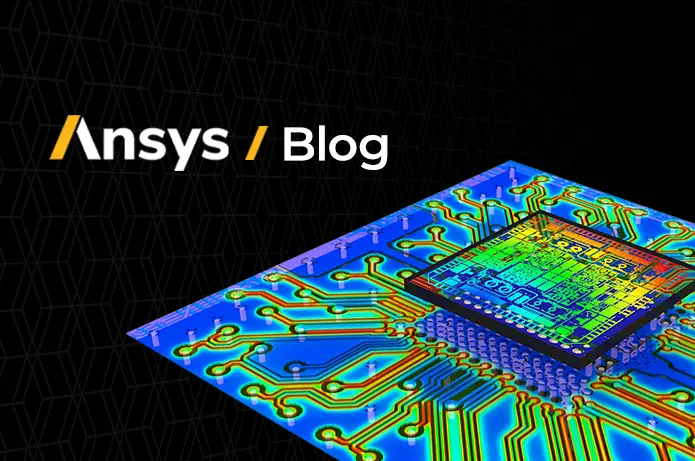-
-
December 8, 2018 at 8:01 pm
bamdadslr
SubscriberHi all,
I want to know the general differences between Ansys HFSS, Maxwell and Q3D extractor, meaning that what are the important parameters of the simulation model that determine the module to be used between these three?
Maxwell eddy current module: Full-wave
Q3D: quasi-static
HFSS: More accurate for frequencies more than 1MHz for a structure of 50 m in dimension.
-
December 11, 2018 at 1:06 am
3Asif
SubscriberHi Bamdadslr:
You got it right.
Also it is application dependent.
Examples:
Maxwell: motor simulation, electromagnetic force from coils, wireless power transfer (wireless charging). It captures Eddy currents.
Q3D: Low frequency situations where the EM equations are not 'tight'. If you are looking for DC values, Q3D is good. Also, it can do something for capacitance calculation (capacitive touch screen).
Rule of thumb states that the structure should not be electrically larger (more than 1/10th lambda). If your frequency is low, you get reliable result in larger conductor. If your frequency is higher, your structure should be smaller accordingly.
HFSS: All things high frequency.
HFSS can use Q3D solver (if Q3D solver license is available) to simulate DC points and combine it with higher frequency results.
-
December 11, 2018 at 11:27 pm
bamdadslr
SubscriberDear 3Asif,
Thank you so much for the information, that solved my problem.
-
December 11, 2018 at 11:53 pm
bamdadslr
SubscriberI read in one of the Ansys documents about Eddy current module of Maxwell saying that it is a full-wave solver (considering the PDE it is solving). So can we conclude that the rule of thumb for the accuracy of quasi static simulations (Electrical dimensions of the model not more than 1/10th lambda) does NOT need to be satisfied in the eddy current module to have accurate results? (I mean can the structure be bigger than 1/10th lambda?)
-
August 30, 2023 at 12:22 pm
Li Xie
SubscriberHi, if I want to simulate the power distribute network for a PCB board, and get the decoupling capacitor equivlent inductance, which tool is then more proper to use. The target frequency is up to 1GHz, but the board could be large, from cm size up to tens of cm. Thanks.
-
- You must be logged in to reply to this topic.


Boost Ansys Fluent Simulations with AWS
Computational Fluid Dynamics (CFD) helps engineers design products in which the flow of fluid components is a significant challenge. These different use cases often require large complex models to solve on a traditional workstation. Click here to join this event to learn how to leverage Ansys Fluids on the cloud, thanks to Ansys Gateway powered by AWS.

Earth Rescue – An Ansys Online Series
The climate crisis is here. But so is the human ingenuity to fight it. Earth Rescue reveals what visionary companies are doing today to engineer radical new ideas in the fight against climate change. Click here to watch the first episode.

Ansys Blog
Subscribe to the Ansys Blog to get great new content about the power of simulation delivered right to your email on a weekly basis. With content from Ansys experts, partners and customers you will learn about product development advances, thought leadership and trends and tips to better use Ansys tools. Sign up here.

- simulation completed with execution error on server
- Maxwell, HFSS or Q3D?
- Unable to assign correctly the excitations in a coil
- How to export Ansys Maxwell simulation results for post-processing in matlab or in .csv file
- Intersect errors with model with complex structure
- Running ANSYS HFSS on the HPC (it runs on Linux only)
- Process ‘3dtds’ terminated abnormally
- Error while solving Optimetrics
- Error
- Concept of Interpolation Sweep in HFSS

-
7272
-
4248
-
2899
-
1374
-
1322
© 2025 Copyright ANSYS, Inc. All rights reserved.






